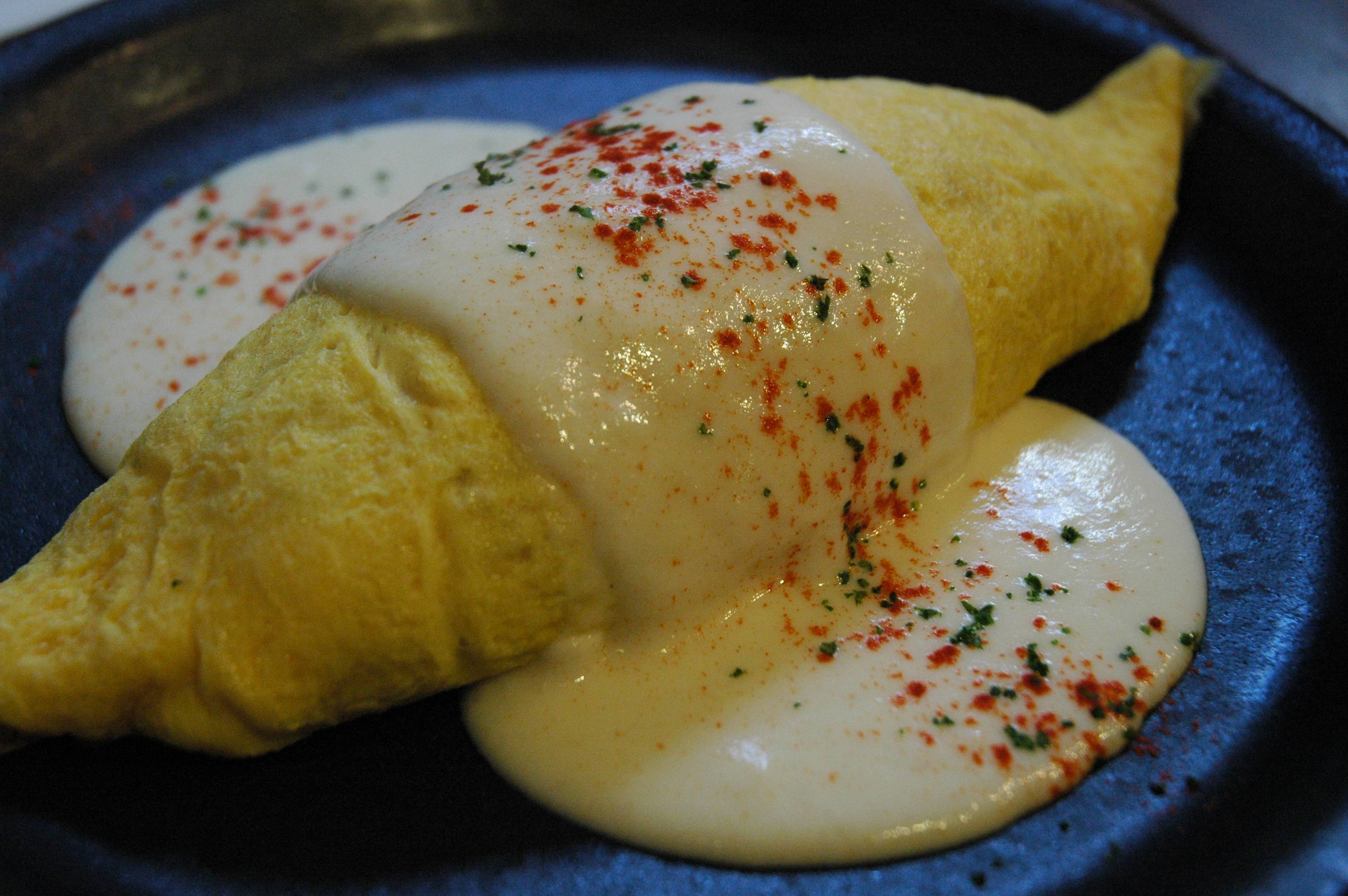Whittling down the best spots to eat such an iconic dish as omuraisu was never going to be easy.
A portmanteau of the Japanese transliteration of “omelet” and “rice,” this is a staple of the nation’s yо̄shoku tradition, which is best understood as Japanized Western cuisine. Under this umbrella sit dishes essentially frozen in time since their first creation in the mists of the Meiji Era (1868-1912) — things like karē-raisu (British-introduced curry), hambāgu sutēki (hamburger minus the bun) and katsuretsu (pork cutlet). These immutable dishes reflect a time when not only fashion but also nutrition dictated a change in diet for many Japanese people.
Often Anglicized as “omurice,” this dish consists of a fluffy, yellow omelet atop Japanese rice dyed pink from ketchup. Maybe there’s demi-glace sauce ladled over it, or perhaps it’s sitting in a shallow pond of bīfu karē (beef curry). There’s no other dish that’s both totally outside the popular concept of “Japanese food” and also such a quintessential Japanese dish.

















With your current subscription plan you can comment on stories. However, before writing your first comment, please create a display name in the Profile section of your subscriber account page.